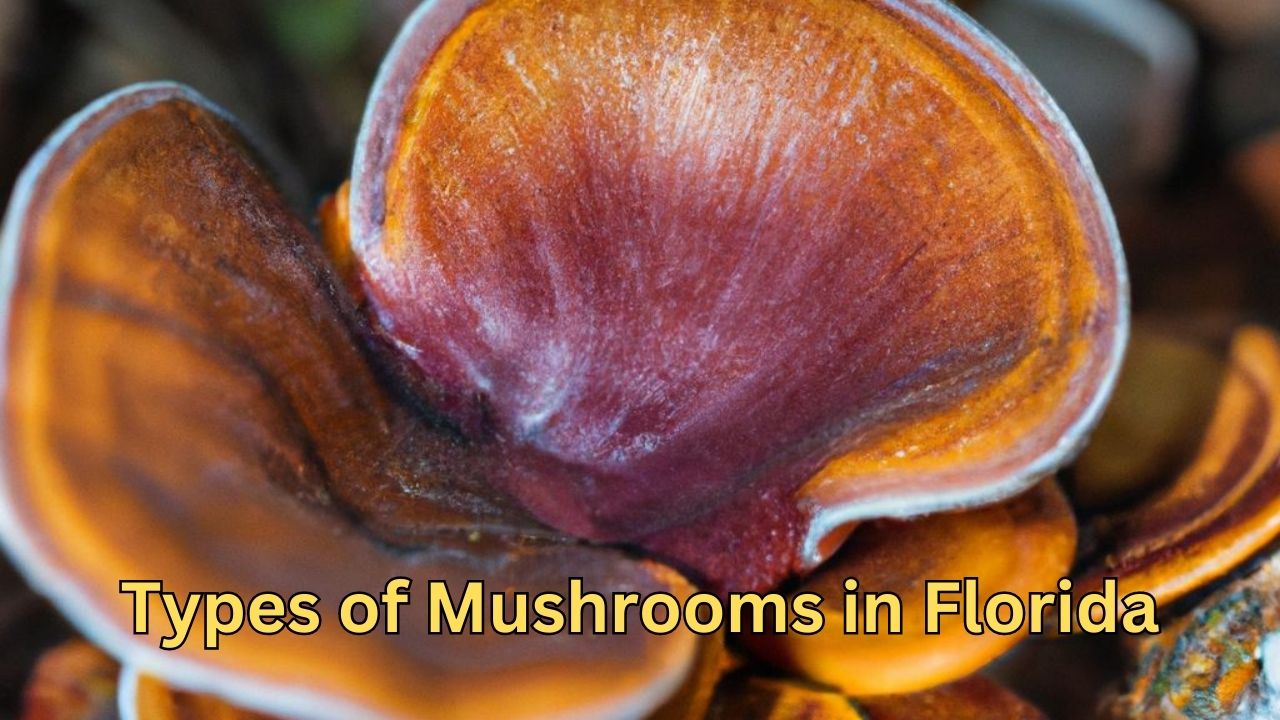Explore the captivating world of various types of mushrooms in Florida! From the enchanting Everglades to the sandy South Beach, the state boasts a variety of natural wonders. Its lush subtropical climate is perfect for a wide range of mushroom species. These fungi can be found in towering oak forests and vibrant wetlands.
Mushrooms play a vital role in Florida’s ecosystem, breaking down organic matter and returning nutrients into the soil. Some even have medicinal properties which have been used by indigenous communities for centuries.
A rare “ghost fungus” has been spotted deep within Ocala National Forest. It’s translucent appearance and eerie glow at night has led to local legends of its mystical powers and healing abilities.
Come join us on this remarkable journey to uncover mysterious species lurking beneath fallen leaves and learn about their unique adaptations. See Cubensis, the magical mushroom, and the deadly Destroyer. Unveil Florida’s remarkable mushroom kingdom!
Table of Contents
Types of Mushrooms in Florida
There various types of Mushrooms in Florida come in all shapes, sizes, and colors! From the edible gilled mushrooms to the distinct coral fungi, there’s a lot to explore. Let’s have a peek at some examples:
| Mushroom Name | Scientific Name | Growth Type |
|---|---|---|
| Agaricus bisporus | Common | Edible |
| Amanita phalloides | Death Cap | Poisonous |
| Cantharellus cibarius | Golden Chanterelle | Edible |
| Omphalotus olearius | Jack O’Lantern | Bioluminescent |
Florida has many more unique mushrooms. Take the Clitocybe nuda, or Wood blewit, for instance. It has a purplish cap and a nutty flavor when cooked. Also, the Panellus stipticus, or Luminescent Panellus, glows green at night!
If you have a passion for nature or simply love mushrooms, exploring Florida’s mushroom species should be on your bucket list! Enjoy their unique characteristics and flavors – embark on a mushroom foray in Florida today!
Precautions and Safety
Mushroom foraging can be an exciting adventure, but it’s important to prioritize safety. Here are some must-know guidelines to ensure a safe mushroom hunting experience in Florida!
- Research thoroughly to always identify mushrooms, even if they’re familiar to you.
- Consult experts or knowledgeable mushroom hunters for guidance.
- Test your findings by taking small bites before consuming a substantial amount.
- Wait at least 24 hours to observe any allergic reactions or digestive issues that may arise.
A cautionary tale: There have been instances in the past where people mistook poisonous mushrooms for edible ones, resulting in serious illness or even death. So, always exercise caution and seek expert help to prevent any potential risks.
The mushroom varieties in Florida may not be as wild as the Miami nightlife, but they sure know how to blend in and make things fungi-tastic!
Frequently Asked Questions
Q1. What types of mushrooms are commonly found in Florida?
Some common types of mushrooms found in Florida include white button mushrooms, chanterelles, oyster mushrooms, shiitake mushrooms, cremini mushrooms, and portobello mushrooms.
Q2. Are there any poisonous mushrooms in Florida?
Yes, Florida is home to several poisonous mushrooms, including the death cap mushroom (Amanita phalloides) and the destroying angel mushroom (Amanita bisporigera). It is important to be extremely cautious and knowledgeable before consuming any wild mushrooms.
Q3. Can I eat wild mushrooms I find in Florida?
While there are edible wild mushrooms in Florida, it is crucial to have expert knowledge before consuming them. It is recommended to learn from experienced foragers or mycologists who can guide you in identifying safe and edible species.
Q4. What is the best way to identify different types of mushrooms in Florida?
Proper identification of mushrooms requires careful observation of key features such as color, shape, gills, spore prints, and habitat. It is also important to use reliable field guides or consult with experts to accurately distinguish between various mushroom species.
Q5. Can I cultivate mushrooms in my own backyard in Florida?
Yes, you can cultivate mushrooms in your own backyard in Florida. Some popular choices for cultivation include oyster mushrooms, shiitake mushrooms, and wine cap mushrooms. There are various resources available online and in books to guide you through the cultivation process.
Q6. Are there any rare or unique mushrooms found specifically in Florida?
Yes, Florida has some unique mushrooms such as the ghost orchid mushroom (Omphalotus illudens), which is bioluminescent and found in the Everglades. Other rare mushrooms found in Florida include the black poplar mushroom (Agaricus silvicola) and the white morph bolete (Xerocomus subluteus).
Conclusion
The mushroom world of Florida is diverse! From the edible morel mushrooms, to the poisonous Amanita species. Florida’s climate and rain create a great environment for fungi.
Several unique mushroom species are found only in Florida. There are the purple cortinarius mushrooms in piney forests, and the orange chanterelle mushrooms in wetlands.
One mycologist went on a mushroom hunting expedition in Florida. He discovered a new type of bioluminescent fungus! This finding showed the potential for more discoveries in this field. It also enriched our knowledge of Florida’s fungal biodiversity.

